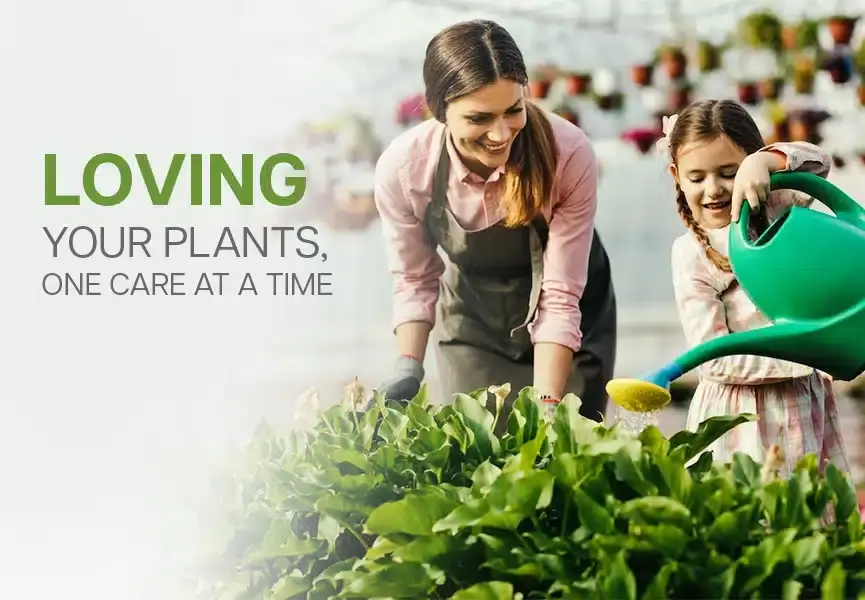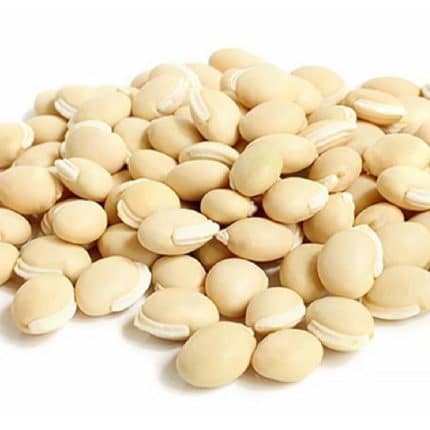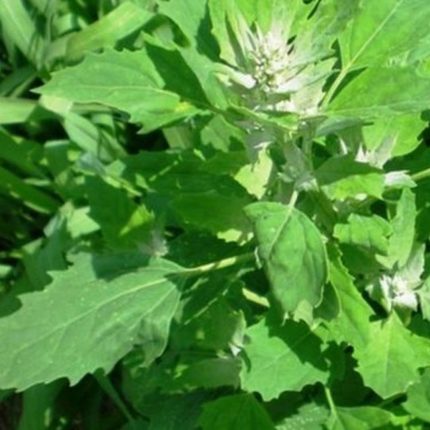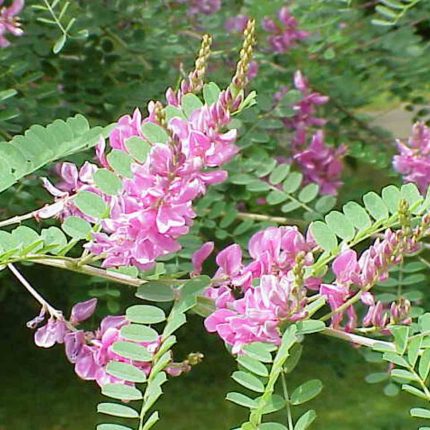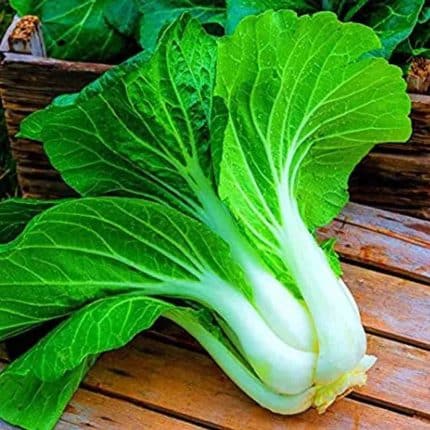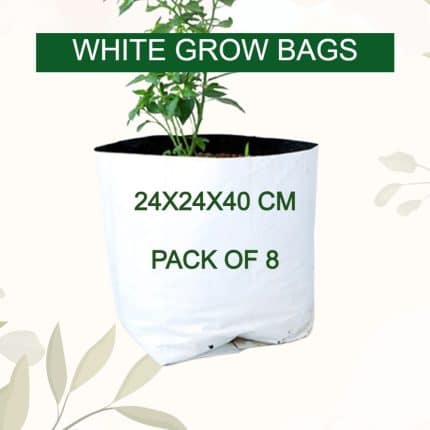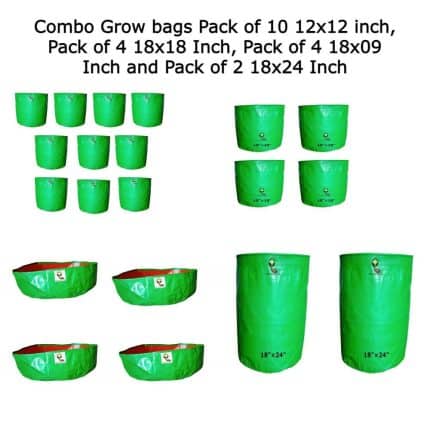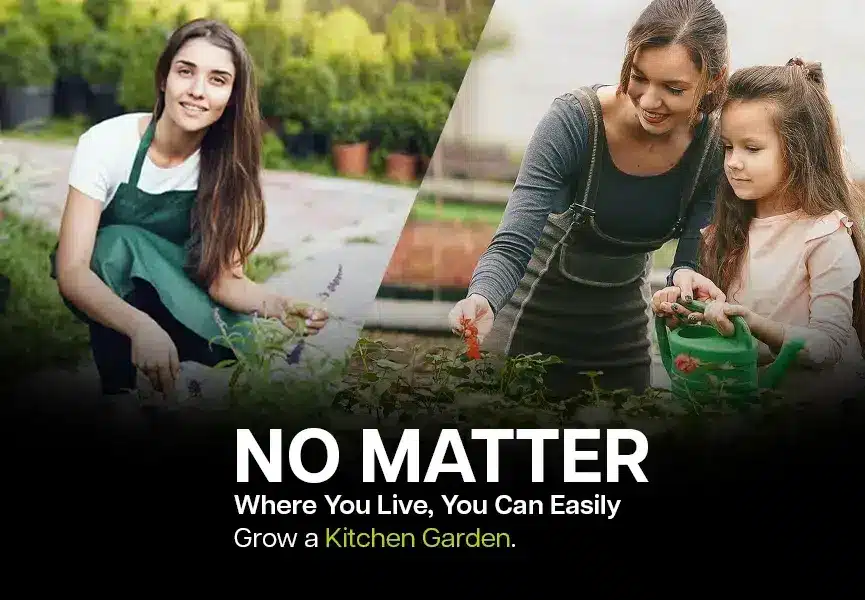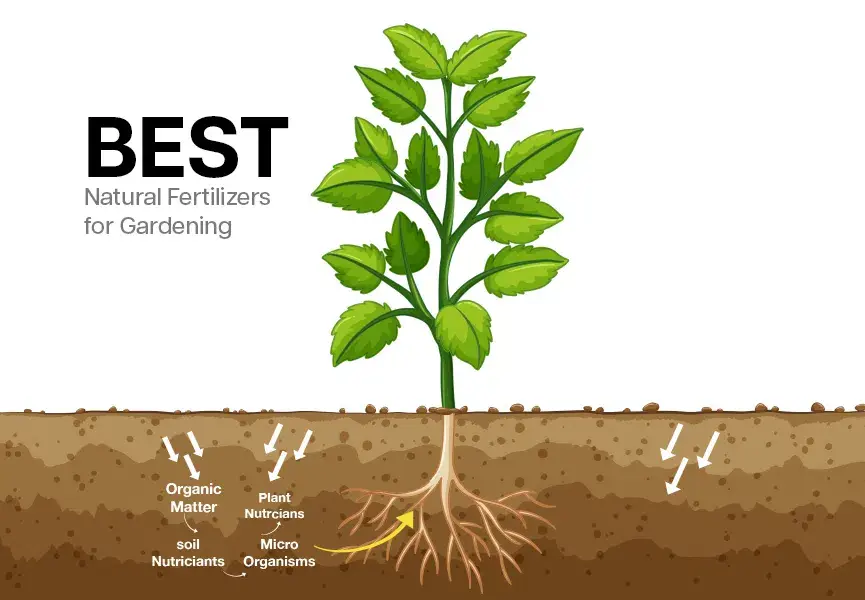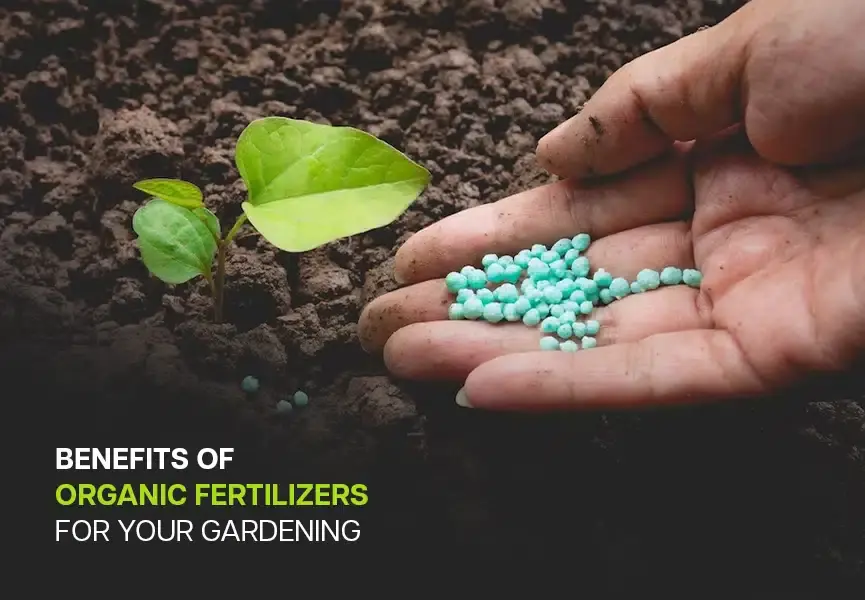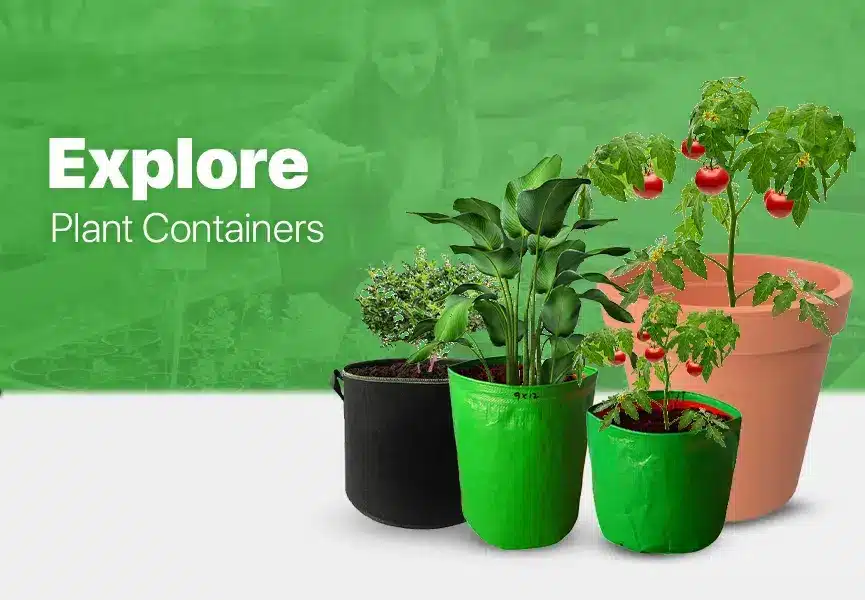Introduction:
Whether you’re a seasoned gardener or just starting to dabble in the world of plant care, understanding the fundamentals is essential to ensure your leafy friends thrive. Caring for plants is a rewarding and therapeutic hobby, but it can be intimidating if you’re new to it. In this blog, we’ll cover the basics of plant care to help you develop your green thumb and cultivate a lush, vibrant garden or a thriving indoor jungle.
There is a difference in growing a plant in a pot and soil. The soil is the natural platform to grow any plant. The soil will act as a medium to the plant to develop the root and intake the water and nutrients to grow healthily. Usually, the soil contains organic carbon, nutrients and micro nutrients and other supplements needed for the plant. We have to add organic or inorganic fertilizer to grow the plant with respect to the species. In other hand we can grow a plant in a container like pot, plastic grow bag or any other medium without planting in the soil. In many houses people grow their plant in terrace, balcony, varanda in a pot since they dont have the empty ground.
To grow a plant we can use many medium other than soil. Such as
- Coir pith/dust
- Compost
- Water
- Pot mixture
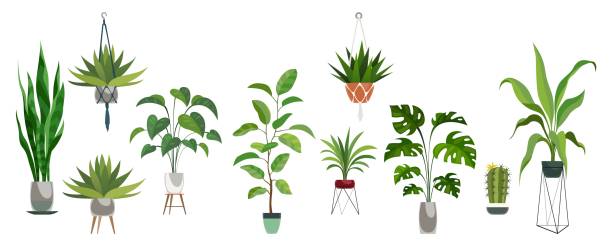
If the plant is grown in a pot it needs extra care since the nutrients are not available naturally. We have to feed water, fertilizer in order to grow a healthy plant. Some of the major nutrients needed to the plant are follows,
- Nitrogen
- Potassium
- Phosphorous
- Calcium
- Magnesium
- Sulphur
Some of the trace nutrients needed follows
- Iron
- Boron
- Manganese
- Copper
- Zinc
- Molybdenum
We do not have these nutrients in direct form. We have to get it from the combination of fertilizer and manure.
Steps for Care Your Plantlings
1. Choose the Right Plant for Your Environment:
- Selecting the right plant for your living conditions is crucial. Take note of the following factors:
- Light: Consider the amount and type of light your space receives. Some plants thrive in bright, indirect light, while others prefer full sun or low-light conditions.
- Space: Think about the available space. Do you want to keep your plants indoors, on a balcony, or in a garden bed?
- Climate: Your local climate will influence your plant choices. Some plants are more suited to hot and humid conditions, while others can tolerate colder climates.
2. Proper Watering:
One of the most common mistakes in plant care is overwatering or underwatering. Here are some watering tips:
- Consistency is key: Develop a watering schedule based on your plant’s needs. Some plants like to dry out between watering, while others prefer consistently moist soil.
- Water quality: Use room-temperature water and avoid harsh chemicals. Let tap water sit for a day or use filtered water to eliminate chlorine.
- Drainage: Ensure your pots have drainage holes to prevent root rot. Allow excess water to escape to avoid waterlogged soil.
3. Soil Matters:
The right soil provides essential nutrients and a suitable growing environment for your plants. Consider these aspects:
- Potting Mix: Use a high-quality potting mix suitable for your plant type. Some plants require well-draining soil, while others prefer more moisture retention.
- Repotting: As your plants grow, they may outgrow their containers. Repot them into slightly larger pots to provide more space for roots and fresh soil.
- Fertilizing: Use a balanced, water-soluble fertilizer according to the plant’s needs. During the growing season (spring and summer), apply fertilizer every 4-6 weeks.
- Pruning and Deadheading:
Regular pruning and deadheading (removing spent flowers) help your plants grow healthier and look more attractive. Pruning encourages new growth and helps maintain the plant’s shape.
- Pest Control:
Keep an eye out for pests, as they can quickly damage your plants. Early detection is crucial. Use organic pest control methods, such as neem oil or insecticidal soap, to prevent infestations.
- Monitoring and Adjusting:
Plant care is an ongoing process. Continually assess your plants for signs of stress or disease. Adjust your care routine as needed. Remember that different seasons may require different care approaches.
Conclusion:
Plant care is an art and a science. Also, caring for your plants from seeds to full maturity is a rewarding and educational journey. As you nurture your green companions, you’ll develop a deeper understanding of their needs and quirks. Remember that some trial and error is part of the learning process, and even experienced gardeners encounter challenges. The key is to be patient, observant, and willing to adapt your care routine to the unique needs of your plants. With these fundamental tips, you’re well on your way to becoming a successful plant parent and enjoying the beauty and benefits of your thriving greenery. Happy gardening!
You May Like This
-
Product on saleWhite Field Beans SeedsOriginal price was: ₹50.00.₹25.00Current price is: ₹25.00.
-
Product on saleChenopodium Album (Chakravarthini Keerai) SeedsOriginal price was: ₹60.00.₹25.00Current price is: ₹25.00.
-
Product on saleIndigo Flower SeedsOriginal price was: ₹90.00.₹39.00Current price is: ₹39.00.
-
Product on salePak Choi seedsOriginal price was: ₹100.00.₹49.00Current price is: ₹49.00.
Best Selling Products
-
Product on saleWhite Poly Grow Bags 24x24x40 CM Pack of 8Original price was: ₹400.00.₹199.00Current price is: ₹199.00.
-
Product on sale24x12x12 Rectangular Grow Bag Pack of 4Original price was: ₹900.00.₹499.00Current price is: ₹499.00.
-
Product on saleGrow Bags Combo for vegetables, spinach, creepers and fruit plantsOriginal price was: ₹3,000.00.₹1,699.00Current price is: ₹1,699.00.
-
Product on sale12×15 Inch Plant Grow Bags Pack of 10Original price was: ₹1,500.00.₹699.00Current price is: ₹699.00.



